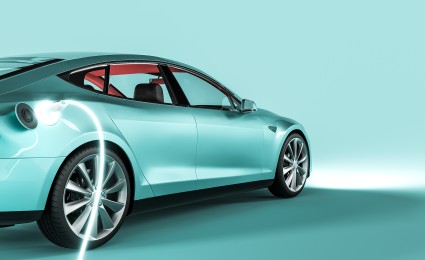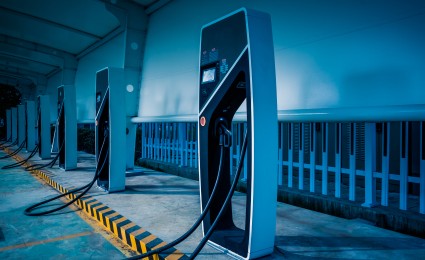How is technology moving our world forward? The 2022 Consumer Electronics Show (CES) puts the spotlight on the technology trends and developments that will shape the way we live and do business, impact the economy, disrupt current business models, and create new opportunity for stakeholders.


EV Charging Index – new trends affecting the electric vehicle charging industry
By Ron Zheng and Tim Longstaff
Four things we learned from our first electric vehicle charging study
Roland Berger’s inaugural “EV Charging Index” reveals the leading markets and new trends affecting the electric vehicle charging industry.

For the first time this year, the Center for Smart Mobility of Roland Berger conducted the “EV Charging Index” to support OEM decision-makers, charging station operators, and utility companies in the electric vehicle industry . After conducting interviews with over 5,000 car owners in 15 major markets, dozens of leading experts in those same countries, and researching the latest industry data and analysis, our Index answers the following questions:
- What factors are changing the EV charging market?
- What countries or regions are demonstrating best practices?
- What can we expect from EV charging stations within the next 5-10 years?
In reviewing the data, several things stand out. First, half of all combustible car owners are considering the future purchase of an electric vehicle. Second, over 70% of EV car owners are “satisfied” with their current charging experience, especially in America and Turkey. Third, while early-adopters have typically charged at home, the more mature countries are now seeing growth in public charging.
China, Netherlands, Norway, and France rank highest in our Index. They are closely followed by the UK, USA, Germany, and Sweden. South Korea and Spain are also near the top of the list. That said, “insufficient infrastructure” and “long charging times” were the leading concerns for EV owners, concerns that will only grow as the electric vehicle industry continues its upward trajectory.
Here’s what you need to know.
"Most key auto markets have doubled their personal EV sales penetration since 2020. Overall, electric vehicles saw impressive growth among all major markets we researched this year."
1. Charging stations must sustain future growth
To support and sustain the rapid adoption of EV, charging infrastructure must be developed. In our survey, more than 50% of respondents across the world stated that insufficient charging infrastructure and long charging time are the major causes for concern. This is indicated by the low scores of charging station density, including public charging stations. In addition to access to adequate charging infrastructure, the lack of fast-charging stations is a leading concern. Case in point: Netherlands, which despite boasting a strong public charging network of 82,000 chargers, only has 3,000 fast chargers.
2. Governments must develop public charging stations
The installation of EV charging infrastructure is expected to be heavily subsidized (partially or fully) by governments across the world. Most countries have set ambitious targets in terms of the number of chargers they plan to install by 2030. For example, France, Germany, and others announced separate budget allocations towards charging infrastructure development. In Europe alone, we expect infrastructure investments of over Euro 10 billion to meet the forecasted demand. Given the current market cap and balance sheets of publicly traded EV charging companies, however, this amount seems feasible. What’s more, leading governments such as the US have committed to building over half a million chargers by 2030.
"To support and sustain this rapid adoption of EV, charging infrastructure must be developed. In our survey, more than 50% of respondents across the world stated that insufficient charging infrastructure and long charging time are the major causes for concern."
3. Charging station investments doubled
Investment in charging station startups increased by over 150% in 2020, and this year is in line to experience similar growth with companies such as Volta, Freewire Technologies, and others raising big money from respected venture capitalists. What’s more, with over 25,000 superchargers, a portion of Tesla's trillion dollar valuation can be attributed to its vast global charging network.
4. Together we can do this
Since 2020, most OEMs have doubled their EV sales penetration. While current government policies are trending in the right direction to meet this demand, the deal is not yet done. EV concerns understandably remain. Thus, to support and sustain the rapid adoption of EV, charging infrastructure (either through plug or swapping) must be developed and supported by both private and public investment.
In summary, with strong demand and rapid EV adoption creating state-sponsored subsidies and considerable commercial investment, EV charging is truly poised to become ubiquitous across the globe within the next decade.
Thank you for reading. To learn more, please read Why location matters so much to charging stations or contact us .
Register now to download the publication to learn more about new trends affecting the electric vehicle charging industry as well as their leading markets. Get also regular insights into Automotive and Transport & Logistic topics.
















